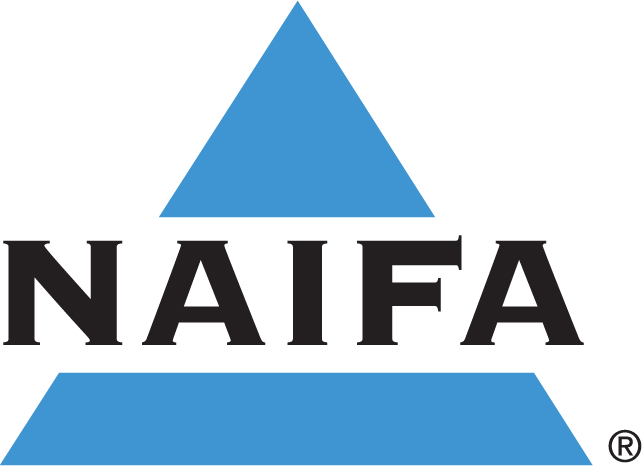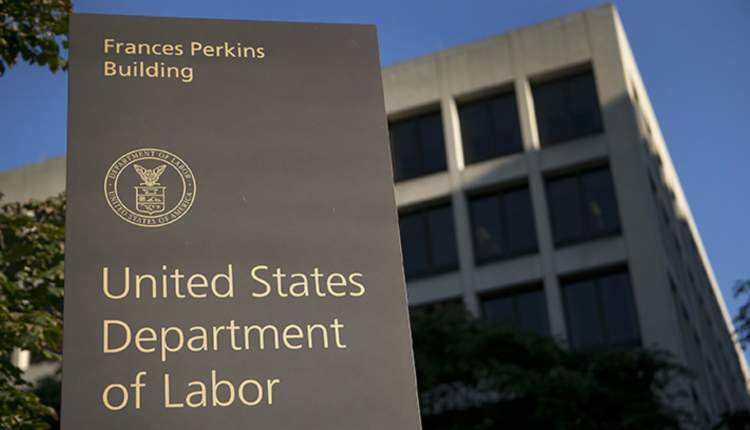The U.S. Department of Labor (DOL) announced today a final rule clarifying the standard for employee- versus independent contractor-status under the Fair Labor Standards Act (FLSA). NAIFA has worked closely with DOL to ensure an equitable rule that considers the needs of the insurance industry. NAIFA submitted comments on DOL’s rulemaking on October 26, 2020.
The majority of NAIFA’s members – insurance producers, broker dealer representatives, and/or independent registered investment advisors – are independent contractors who provide vital financial benefits and insurance services to consumers across the country.
For NAIFA members to continue serving their communities they must be able to maintain their ongoing status as independent contractors with certainty. NAIFA and its members worked with the Department on efforts to codify the “economic reality” test and provide clarity, guidance, and consistency in the classification of workers, while ensuring that such a test is not unduly restrictive or disruptive to the economy.
The Final Rule includes the following clarifications:
- It reaffirms an “economic reality” test to determine whether an individual is in business for him or herself (independent contractor) or is economically dependent on a potential employer for work (FLSA employee).
- It identifies and explains two “core factors” that are most probative to the question of whether a worker is economically dependent on someone else’s business or is in business for him or herself:
- The nature and degree of control over the work.
- The worker’s opportunity for profit or loss based on initiative and/or investment.
- It identifies three other factors that may serve as additional guideposts in the analysis, particularly when the two core factors do not point to the same classification. The factors are:
- The amount of skill required for the work.
- The degree of permanence of the working relationship between the worker and the potential employer.
- Whether the work is part of an integrated unit of production.
- It clarifies that the actual practice of the worker and the potential employer is more relevant than what may be contractually or theoretically possible.
- It provides six fact-specific examples applying the factors.
The rule will take effect 60 days after publication on the Federal Register, on March 8, 2021.
However, with President-elect Biden set to be sworn in two weeks after the rule is published, the rule’s implementation remains in limbo. Biden staff have targeted the independent contractor regulation and plans are in place to freeze the rule before it would take effect in March.
A Biden DOL could elect to allow the rule to take effect or rely on an outside party to challenge it in court. The rulemaking could also be reopened by requesting public input on whether to take independent contractor status in a different direction.
NAIFA will continue to monitor all developments and will continue to work with legislators and regulators to ensure NAIFA’s independent contractors and the integrity of their work, are protected.







